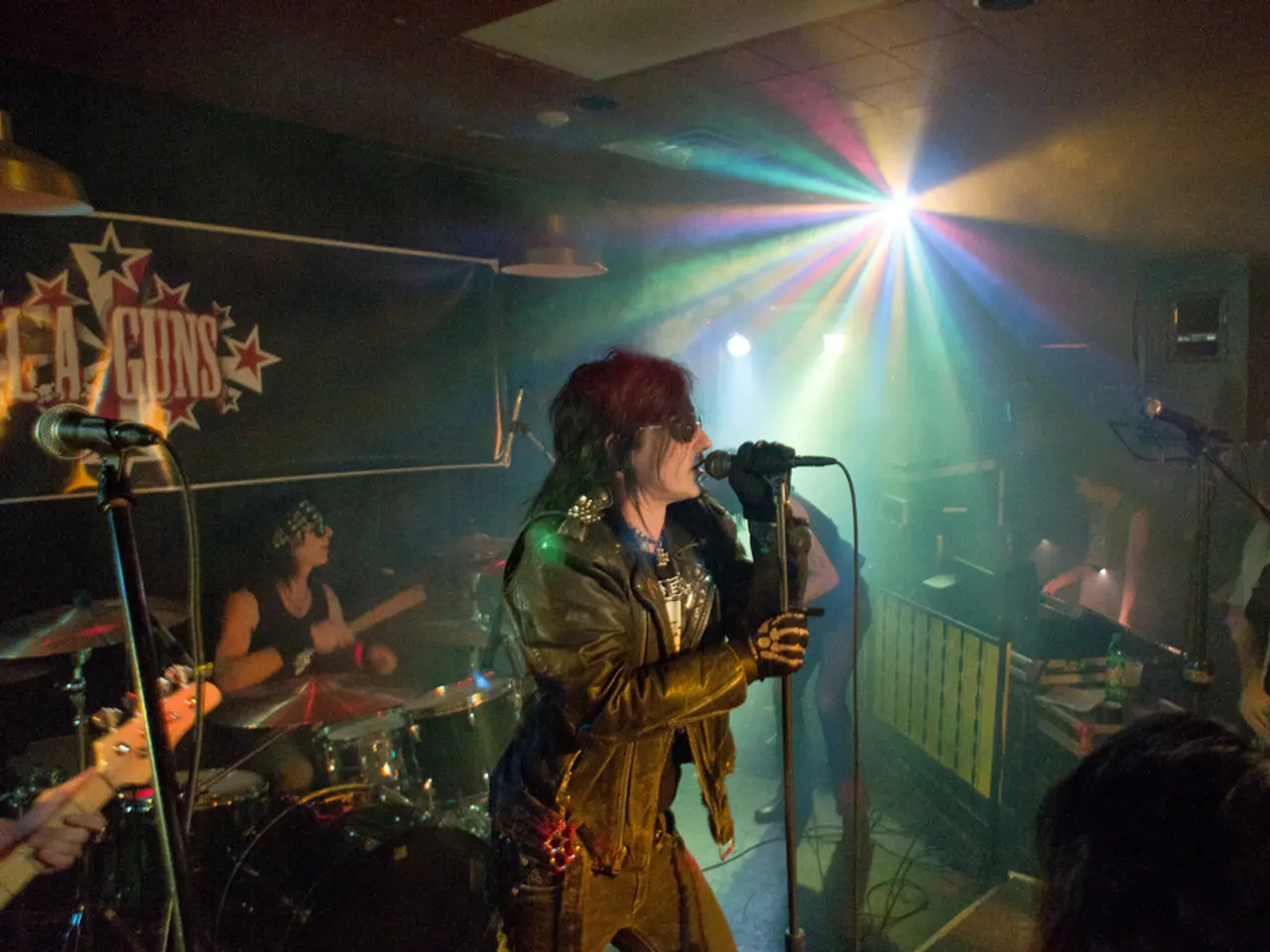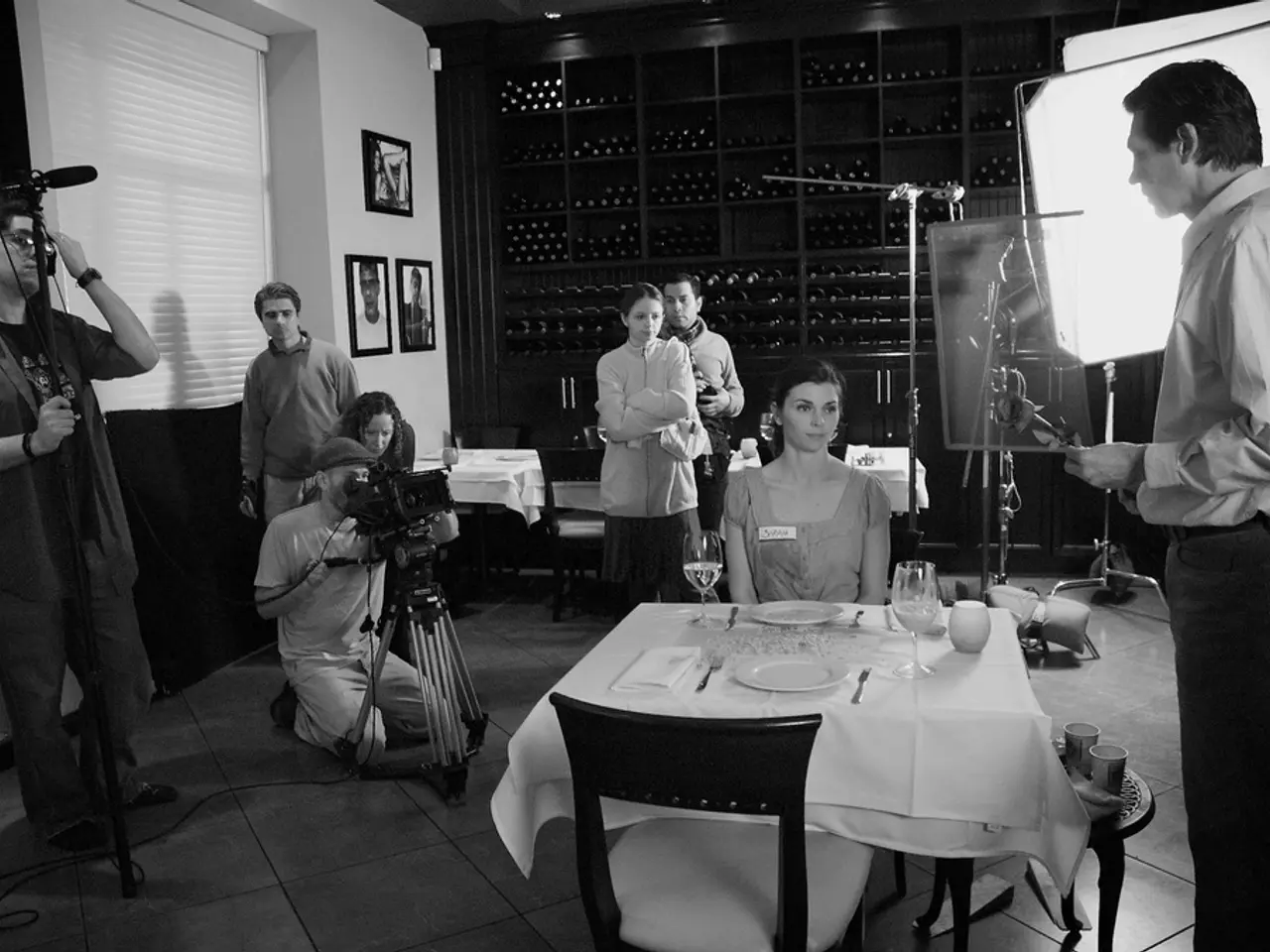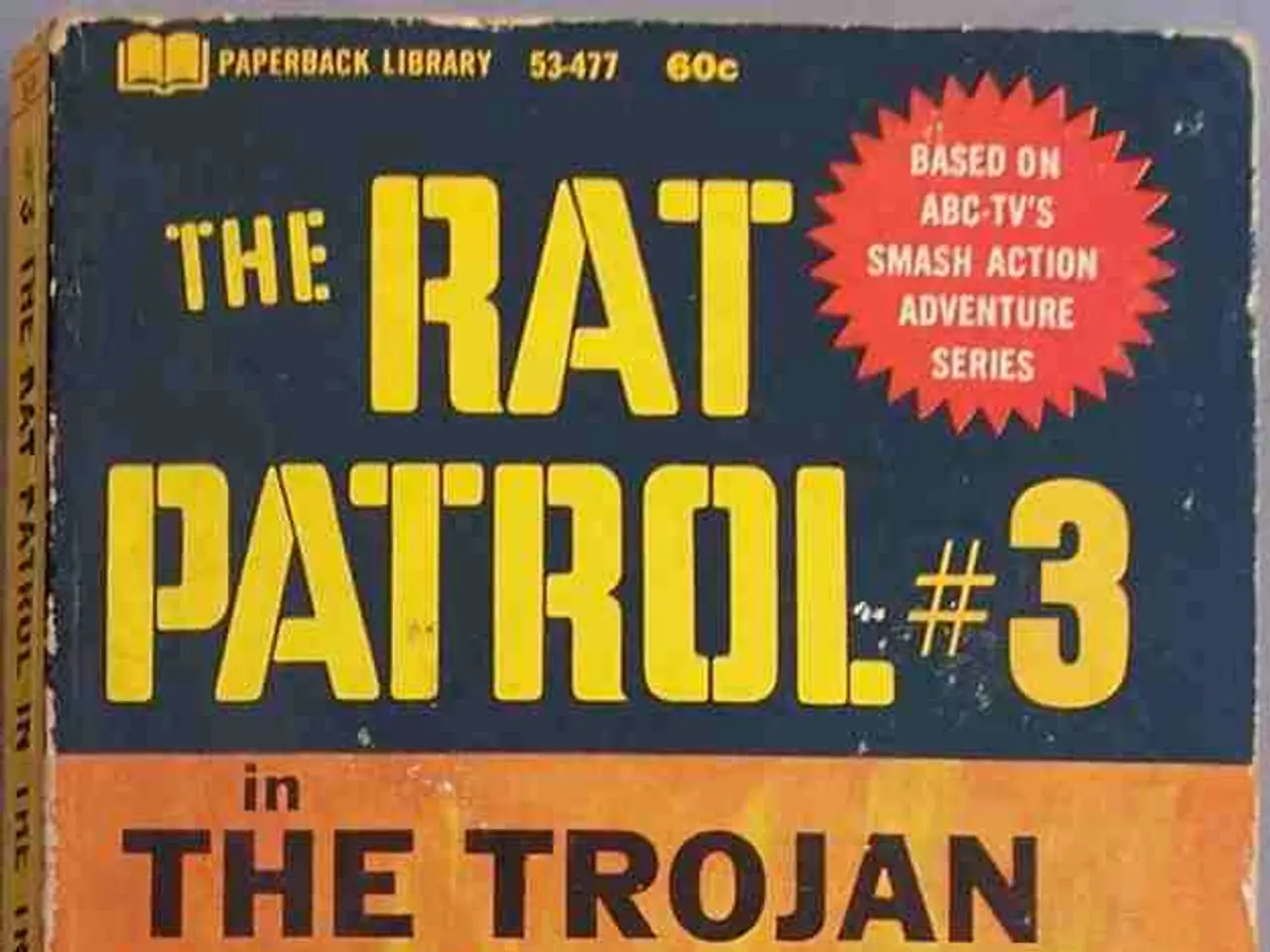The Metropolitan Museum of Art alleges to have unraveled the enigma surrounding the lost 1959 Gibson Les Paul guitar said to be owned by former Rolling Stones member, Mick Taylor.
In the annals of rock and roll history, few guitars hold as much significance as the 1959 Gibson Les Paul "Keithburst". Originally owned by Rolling Stones guitarist Keith Richards, this iconic instrument was at the centre of a high-profile dispute when it was donated to the Metropolitan Museum of Art in 2019.
The Les Paul was purchased by Richards in 1961 from Farmers Music Store in Luton, England for £400. It was later modified with a Bigsby vibrato by Selmer's Guitar Store around 1961-62. Richards is recorded to have owned the guitar until 1971, during which time it was used in numerous performances, including the Rolling Stones' historic appearance on the Ed Sullivan Show in 1964.
In 1967, Richards sold the Les Paul to Mick Taylor, who was then a member of John Mayall's Bluesbreakers. However, the guitar was allegedly stolen from the Rolling Stones' villa in France during the recording sessions for their album, "Exile on Main St.", in 1971. Taylor lost possession of the guitar, and it changed hands several times before being purchased by billionaire guitar collector Dirk Ziff in 2016.
Ziff, who acquired the Les Paul with advice from producer and guitar collector Perry Margouleff, later donated the guitar to the Metropolitan Museum of Art in 2019. The museum claims to have a "long and well-documented" ownership chain for the guitar, rejecting Taylor's claim of personal ownership.
The Metropolitan Museum of Art's curator of musical instruments, Jayson Kerr Dobney, commented that the donation was a "once-in-a-century opportunity" for the museum. The Les Paul can now be found in the museum's collection of guitars from 1920 to 1970.
Mick Taylor's representatives have expressed surprise at the resurfacing of the guitar at the museum and have requested to inspect it to confirm its provenance. The current recognized owner is the Metropolitan Museum of Art, while Taylor's claim remains a public dispute without resolution.
The Les Paul, nicknamed the "Keithburst", has a storied history that continues to be debated among rock and roll enthusiasts. As the guitar remains at the Metropolitan Museum of Art, the hope is that a resolution can be reached to bring closure to this intriguing chapter in music history.
Documented Ownership History:
- Mid-1960s: Owned and used by Keith Richards, including notable performances.
- 1967: Sold by Richards to Mick Taylor, who was with John Mayall's Bluesbreakers.
- 1971: Allegedly stolen from the Stones' villa in France during recording sessions; Taylor lost possession.
- Post-1971: Passed through several owners, including record producer/manager Adrian Miller.
- 2004: Auctioned at Christie's but remained unsold.
- 2016: Purchased by Dirk Ziff.
- 2019: Donated by Ziff to the Metropolitan Museum of Art.
Gibson Les Paul, known as the "Keithburst," was initially purchased by Keith Richards in 1961. It was later owned by Mick Taylor until it was allegedly stolen in 1971 from the Rolling Stones' villa in France. From post-1971, the guitar changed hands several times before being purchased by Dirk Ziff in 2016, who later donated it to the Metropolitan Museum of Art in 2019. The Les Paul is currently housed in the museum's collection, sparking a public dispute over its ownership between the museum and Mick Taylor.








